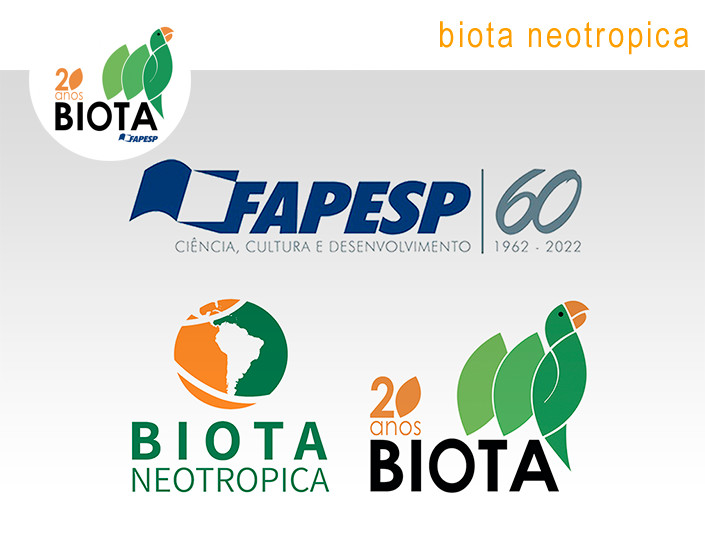FAPESP and the São Paulo state freshwater algal flora: history and challenges
Resumen
Abstract The BIOTA/FAPESP Program made the “São Paulo State algal flora” possible through a very intensive sampling program that aimed at (1) collecting as equally as possible from lentic, semi-lentic, and lotic environments, (2) performing the most uniform possible coverage of the state’s territory, and (3) fostering the collection of periphytic and surface sediments materials that had been extremely neglected till then. The study of all this material made it clear that the biodiversity of the Zygnematophyceae increased by 100%, the Euglenophyceae by 34%, and the Chlorophyceae by 97%, the last being only due to the study of the Chlorococcales. The Bacillariophyceae are in the final phase of their floristic survey, but it is already possible to see an increase in biodiversity of over 700%. Byproducts from the BIOTA/FAPESP algae are a key for the taxonomic identification of freshwater algal genera occurring in Brazil in its third edition, and the production of the most complete algal flora ever carried out in Brazil, that of the Ipiranga River Sources State Park that already totals 919 taxa.Descargas
Publicado
01/01/2022
Cómo citar
Bicudo, C. E. de M. (2022). FAPESP and the São Paulo state freshwater algal flora: history and challenges. Biota Neotropica, 22(spe). Recuperado a partir de https://www.biotaneotropica.org.br/BN/article/view/1975
Número
Sección
Revisiones Temáticas
